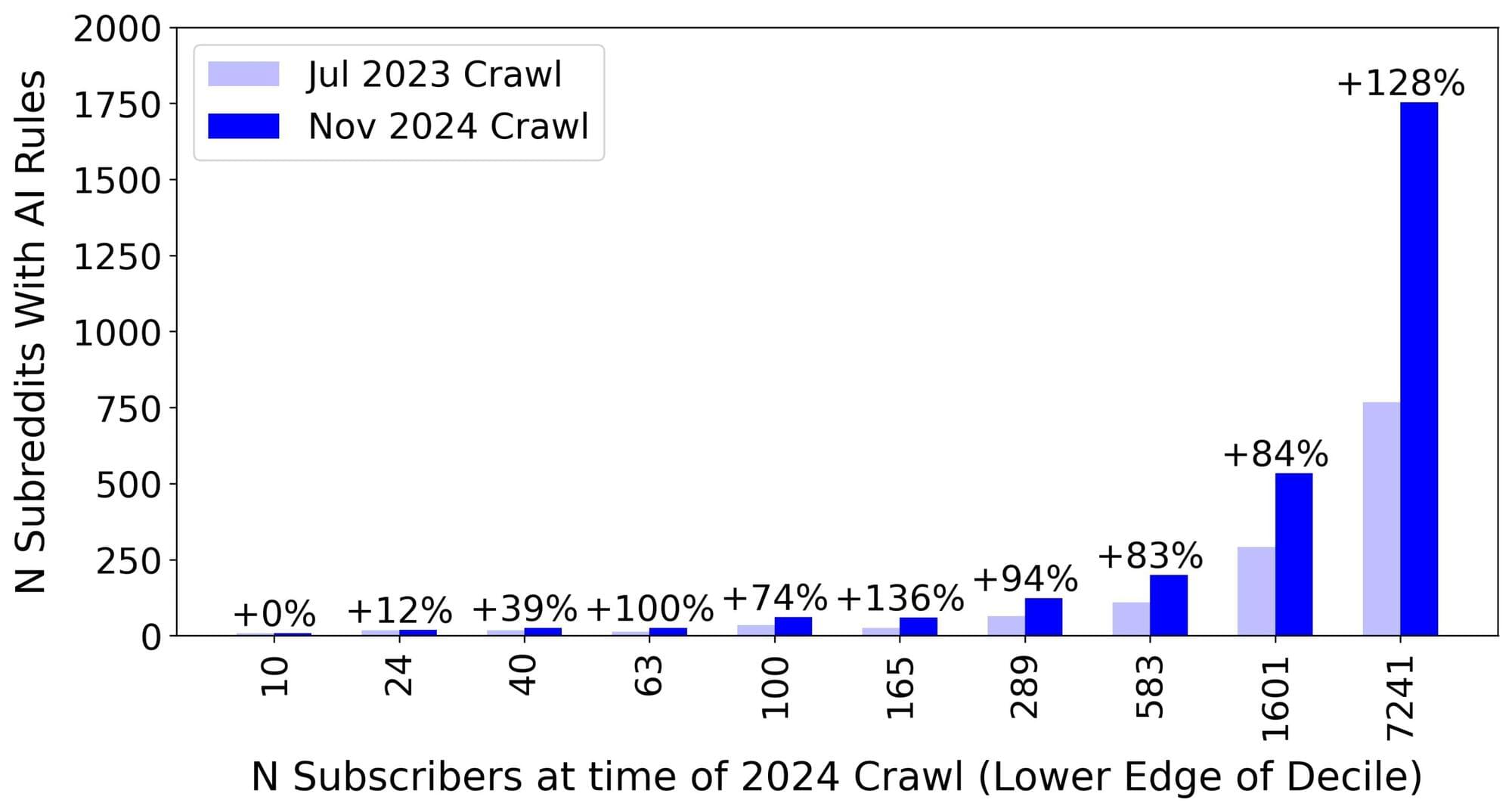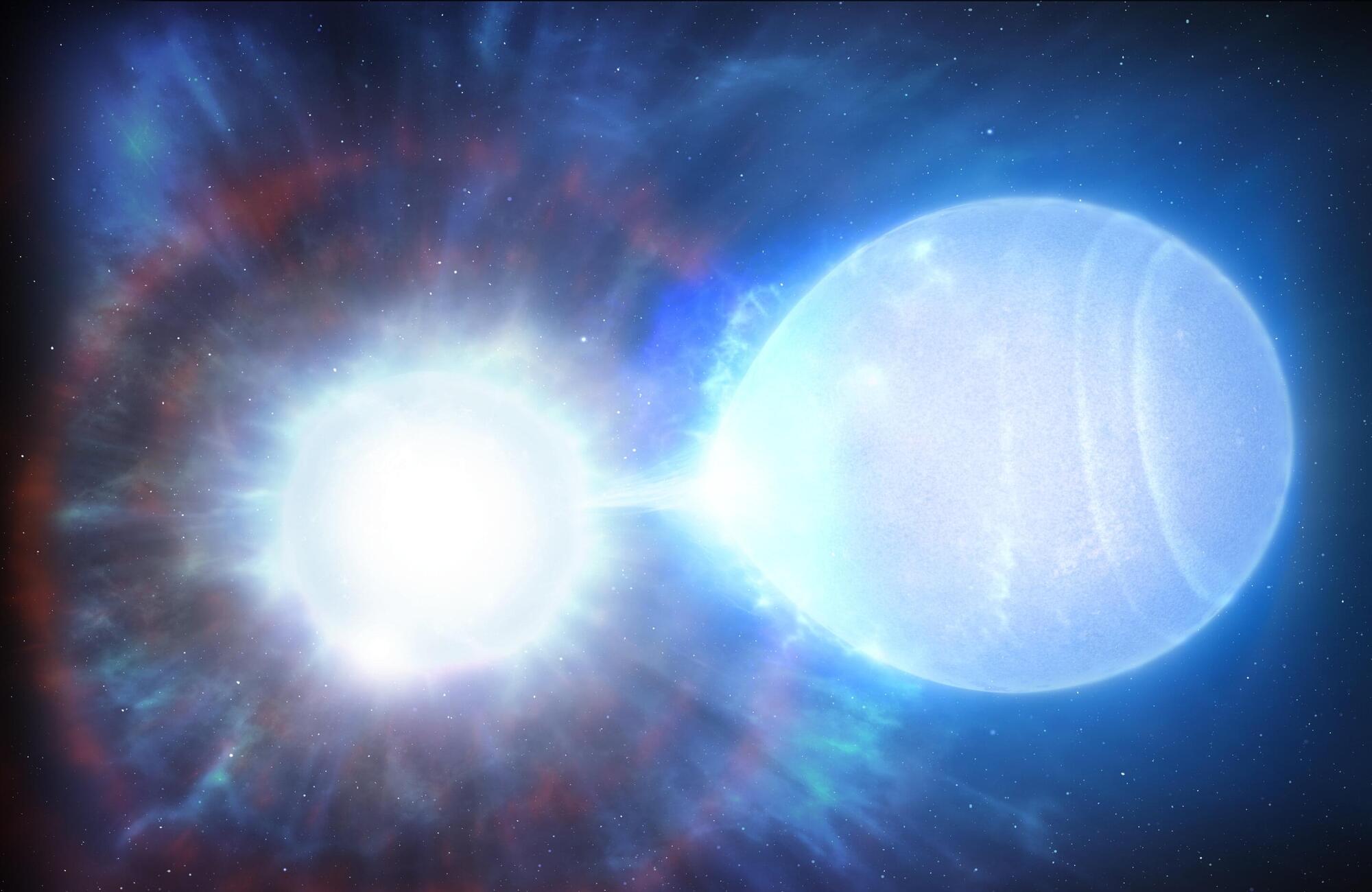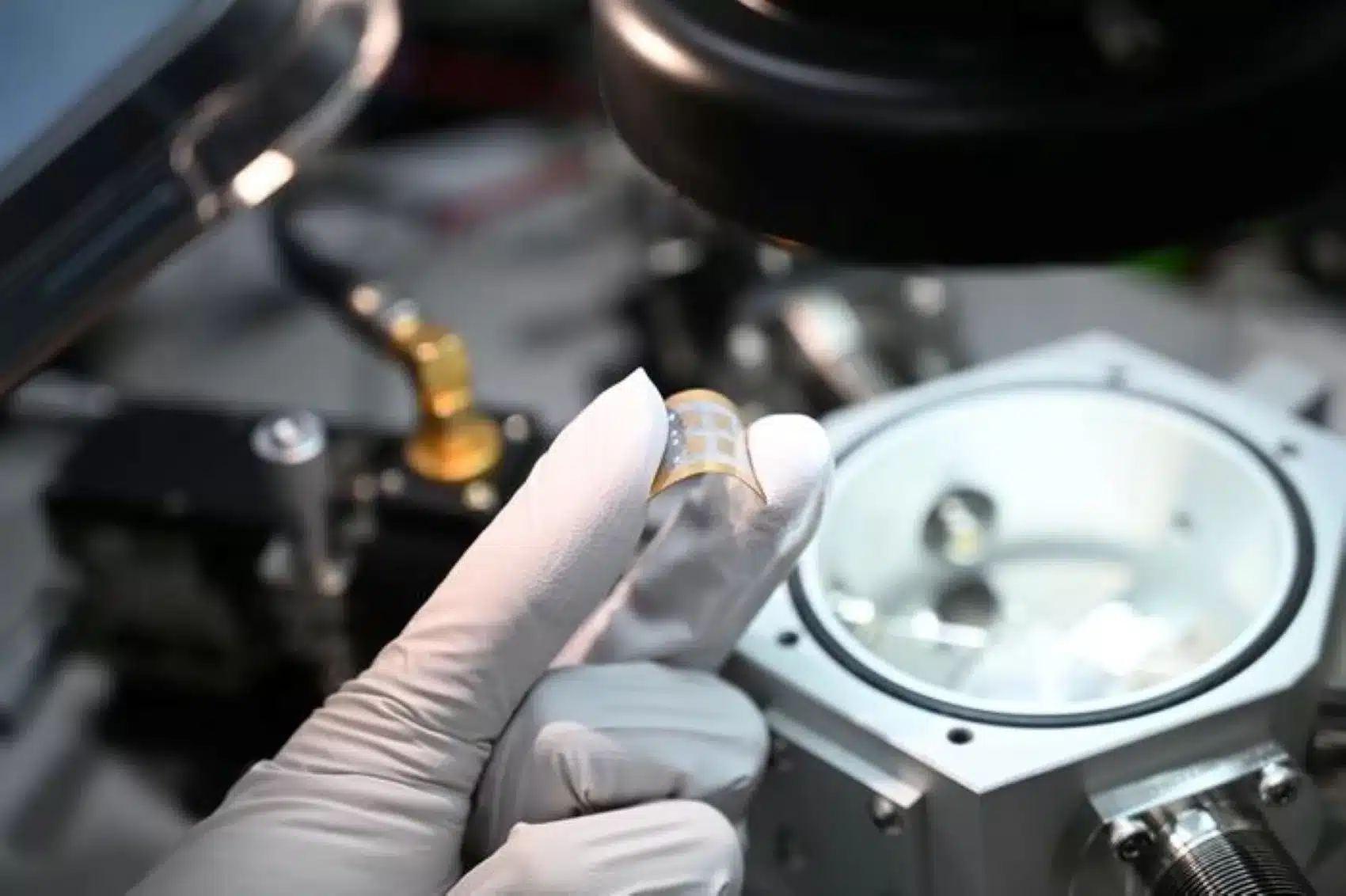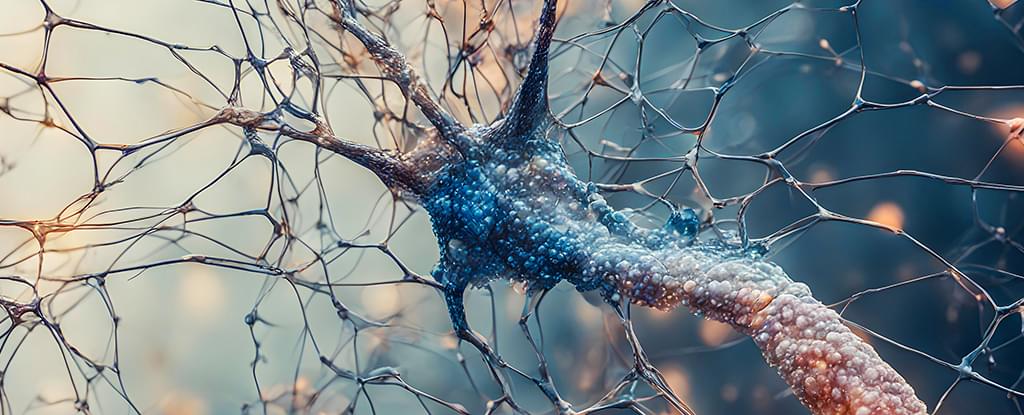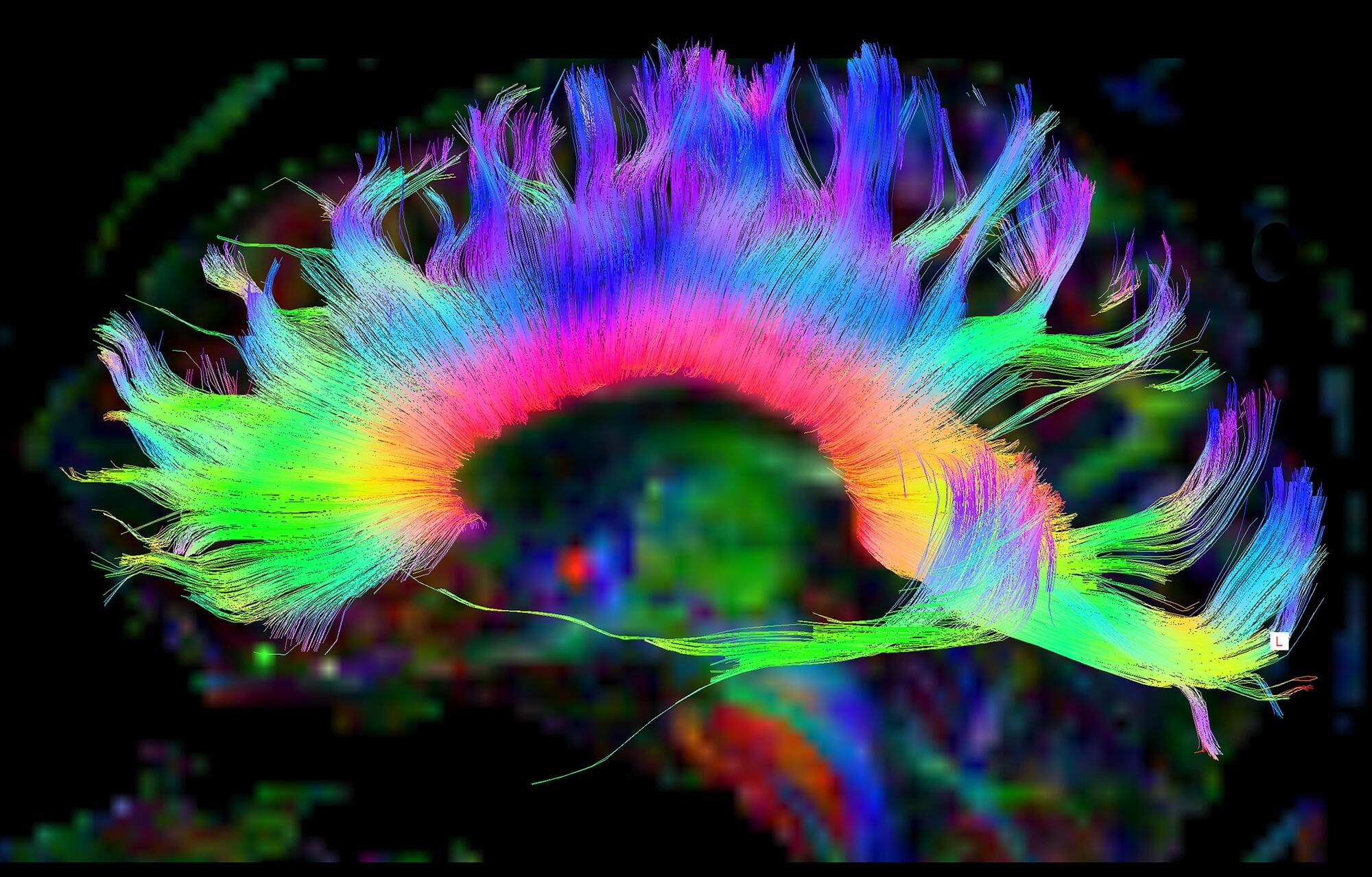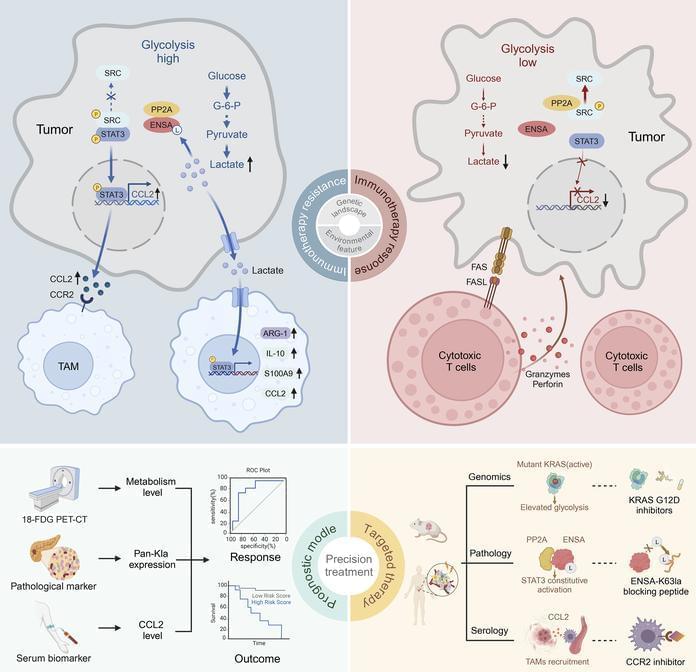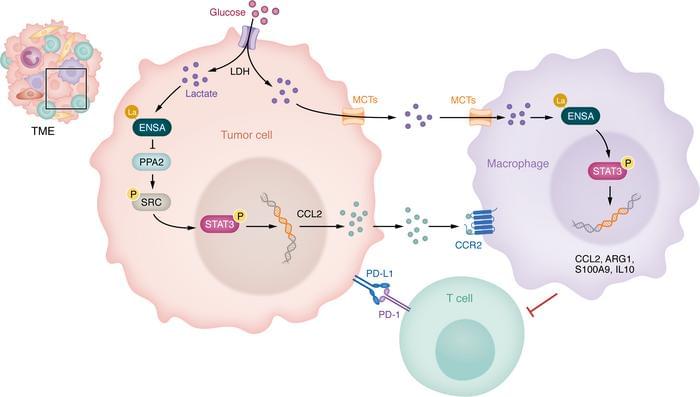A research team from the Qingdao Institute of Bioenergy and Bioprocess Technology of the Chinese Academy of Sciences, along with collaborators, has introduced a novel membrane design that mimics biological protein channels to enhance proton transport for efficient energy harvesting. The study was published in the Journal of the American Chemical Society.
Proton transport is fundamental to many biological processes and energy conversion methods. Inspired by the ClC-ec1 antiporter found in Escherichia coli, which facilitates the movement of chloride (Cl-) and protons, the researchers developed a hybrid membrane composed of covalent organic frameworks (COFs) integrated with aramid nanofibers (ANFs).
This ANF/COF composite forms a robust hydrogen-bonding network and features amide groups that selectively bind to Cl- ions, significantly lowering the energy barrier for proton conduction.

